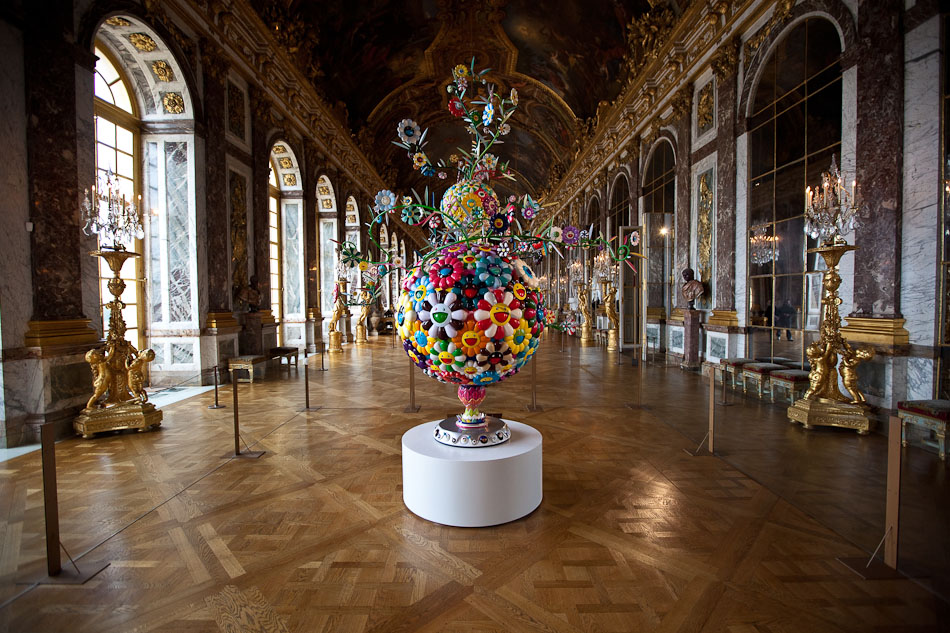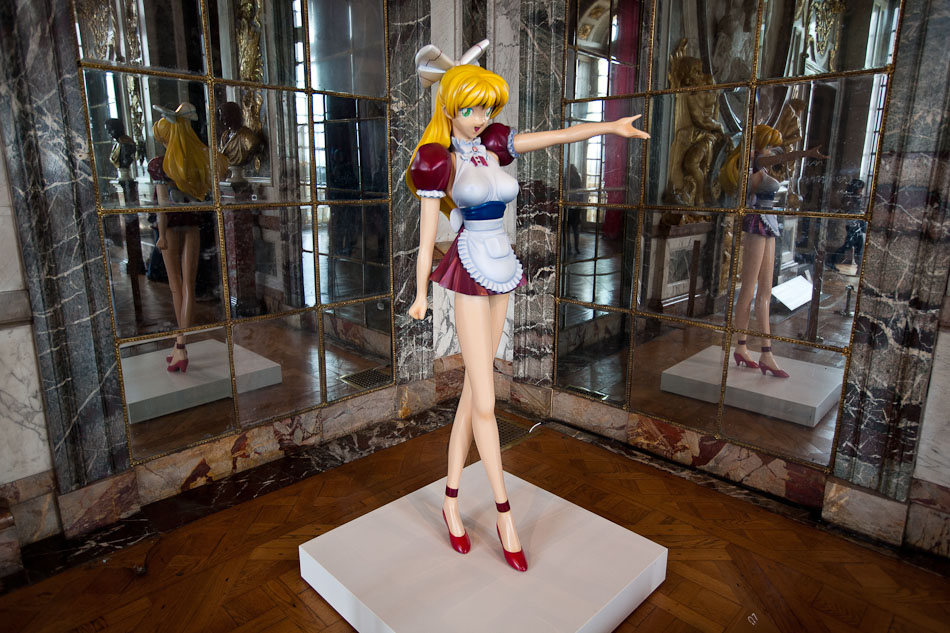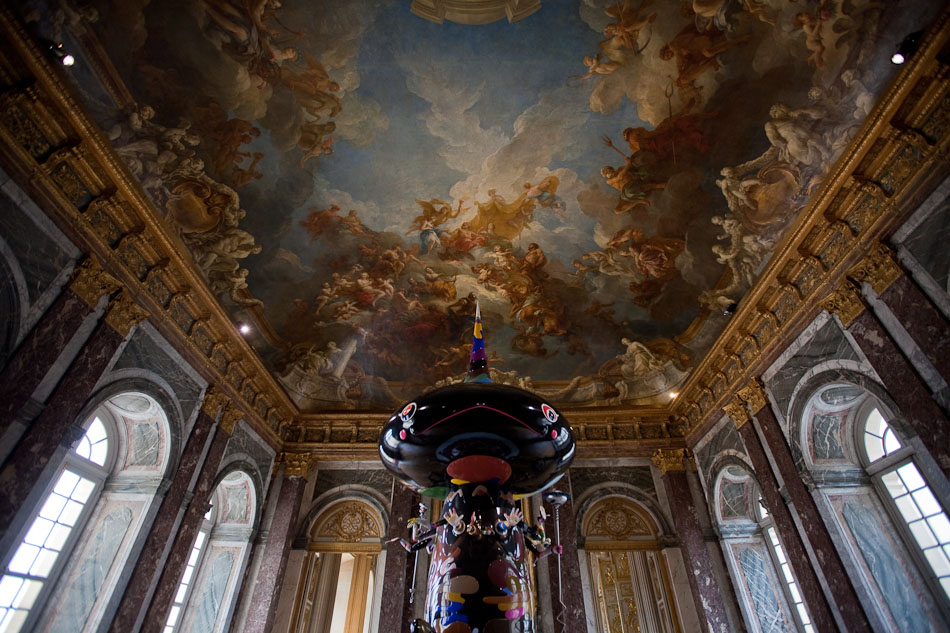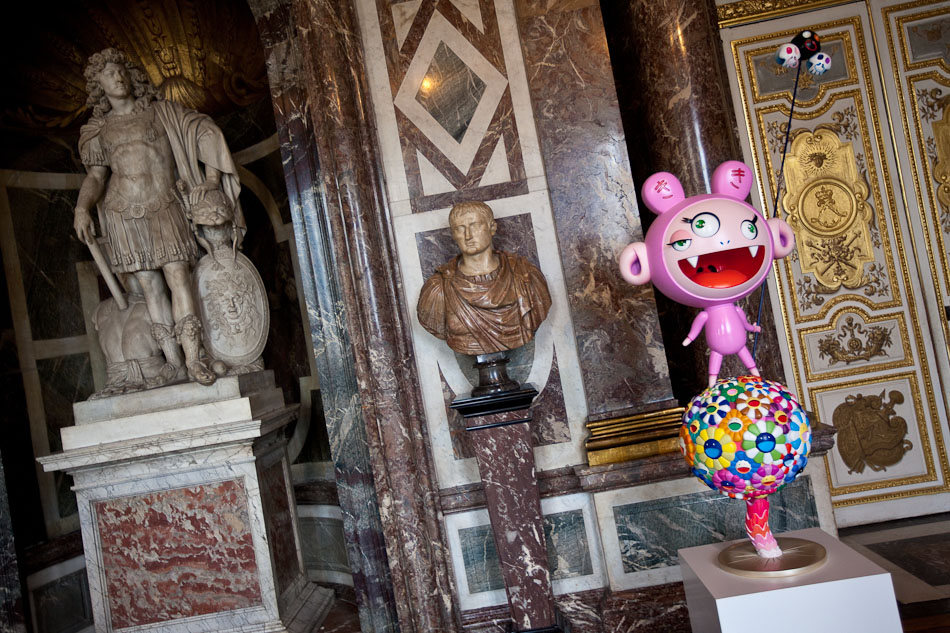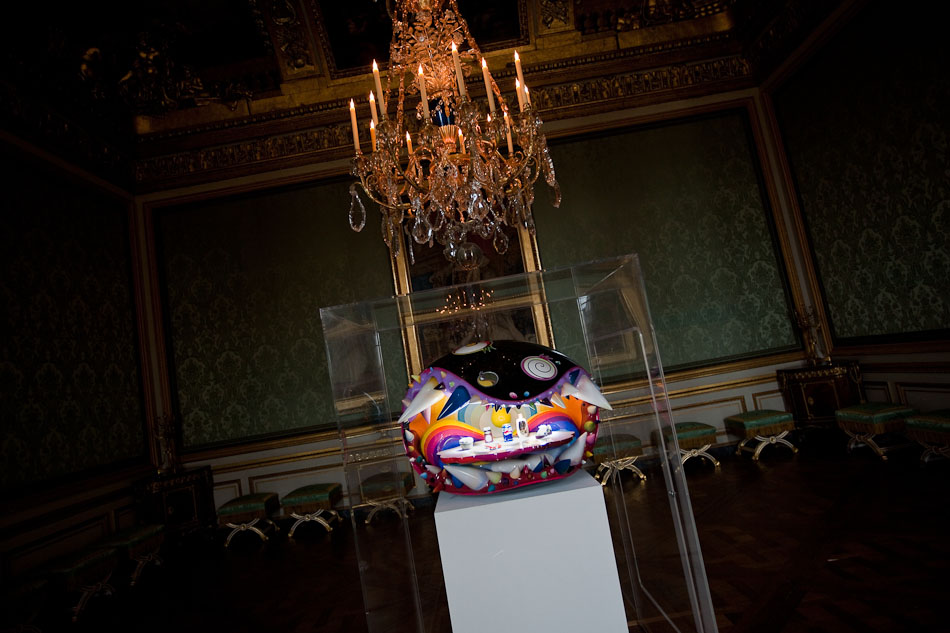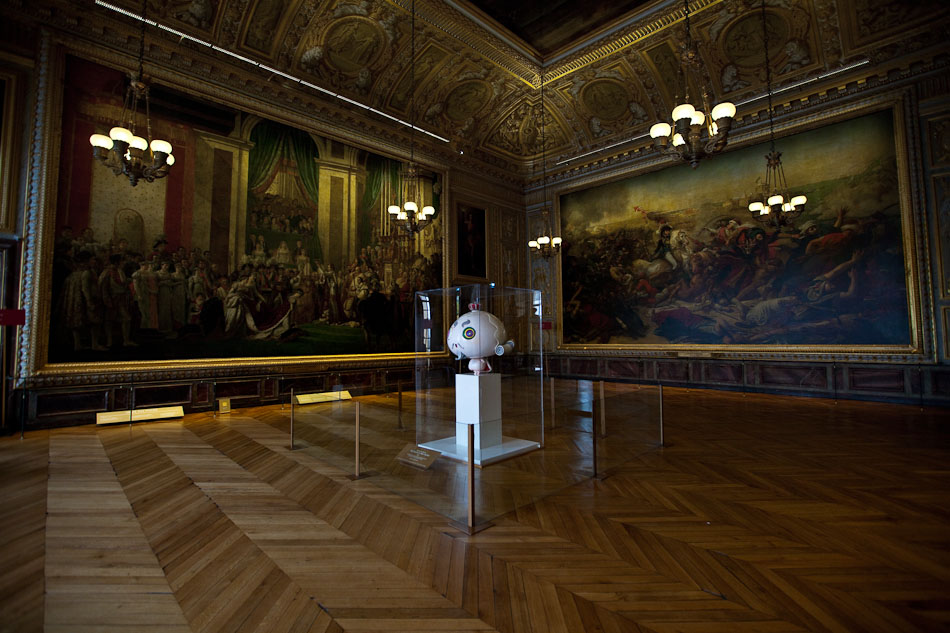Apr 8, 2011 | Art, Travel
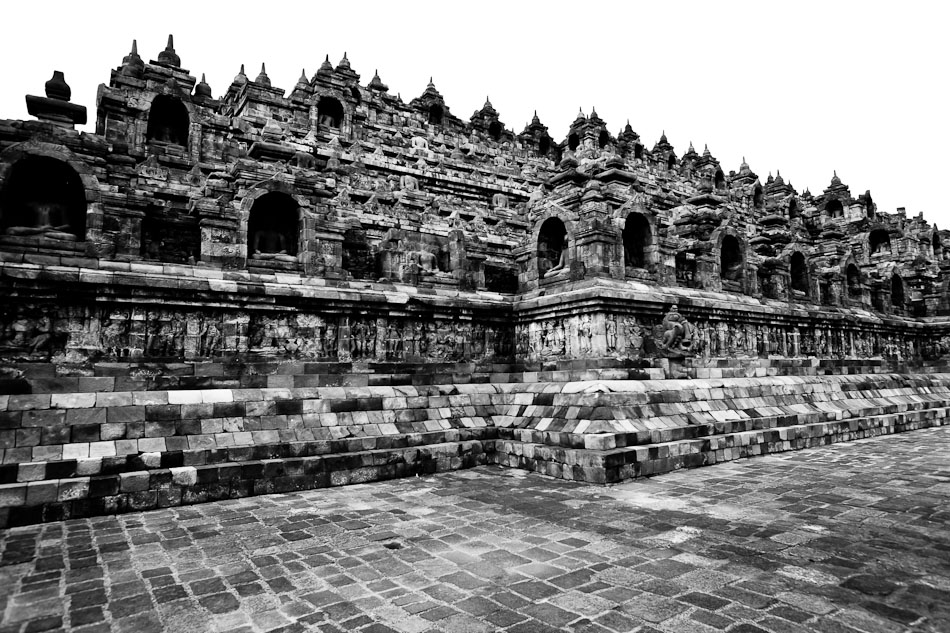
My trip to Indonesia in February was not all hardcore concerts and overnight buses. I was fortunate enough to take a day or two off from touring to check out some of the country’s cultural splendor. For years I wanted to visit the 9th-century Buddhist monument, Borobudur. Over the past decade I have been able to photograph most of the great Buddhist archeological sites in China, Mongolia, Nepal, India, Bhutan, Burma, Thailand, Laos and Cambodia. Borobudur surely ranks as one of the most celebrated and lived up to many of my expectations, even if it did not quite match the scale of Angkor Wat or Bagan. Still, the massive pile easily exhibits some of the greatest relief sculpture in Southeast Asia. The 2,672 panels that wind their way to the top stupa intricately depict mythological stories as well as scenes from daily life. It is not often you get the chance to peer back one thousand years into the milieu of an ancient civilization. Check out some of the pictures below to see the depth and detail of their work. They were truly exquisite.



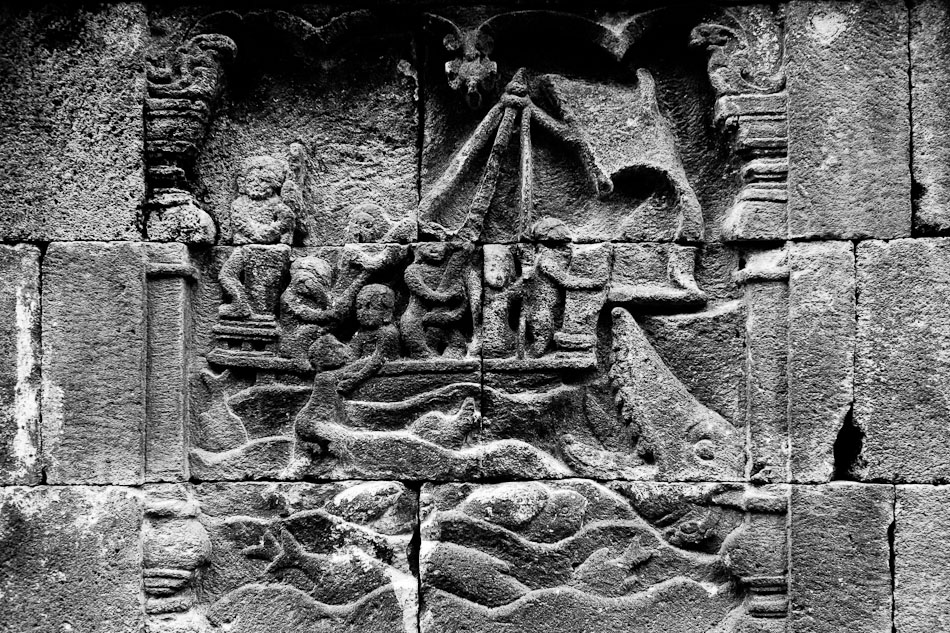

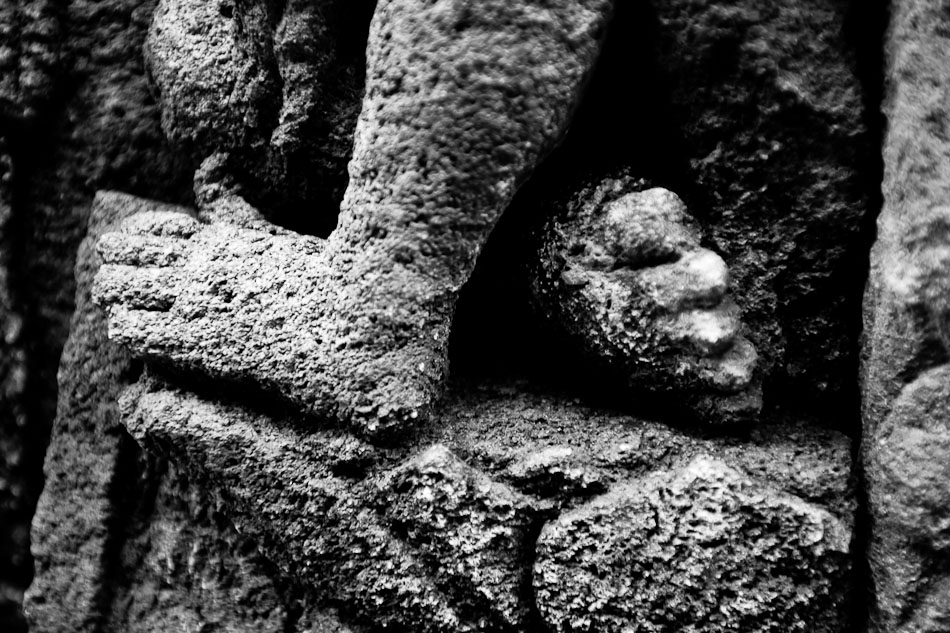
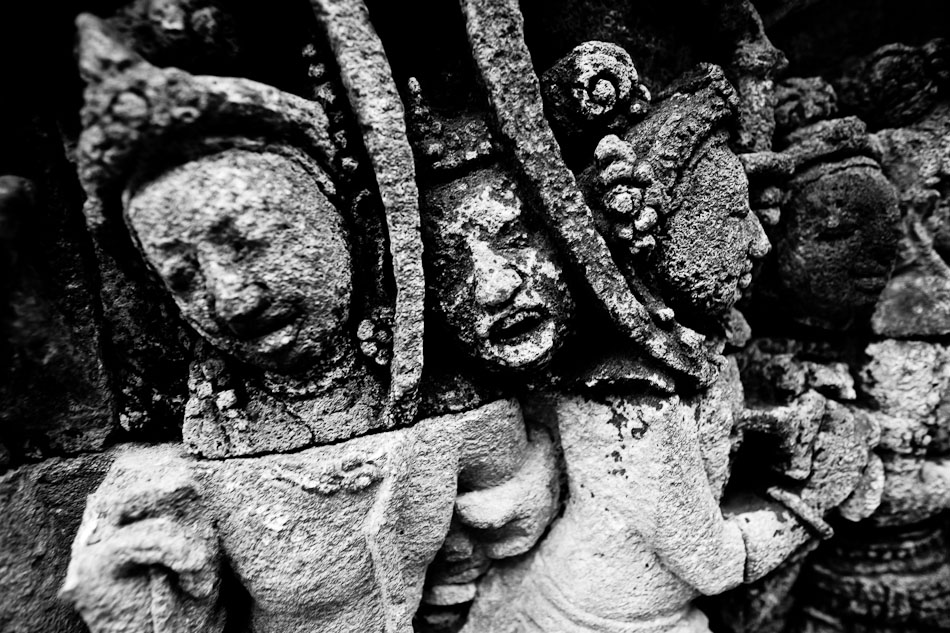
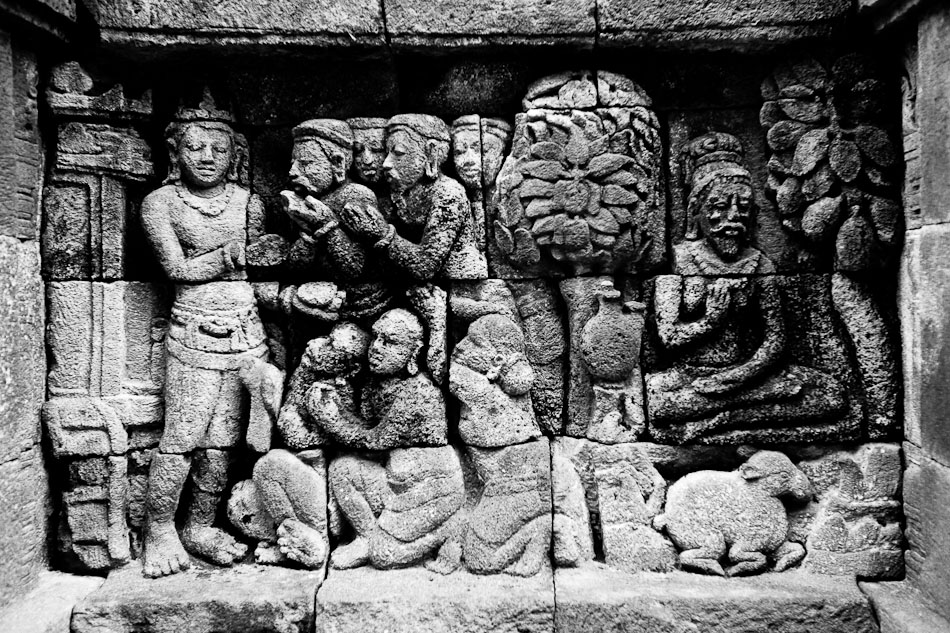
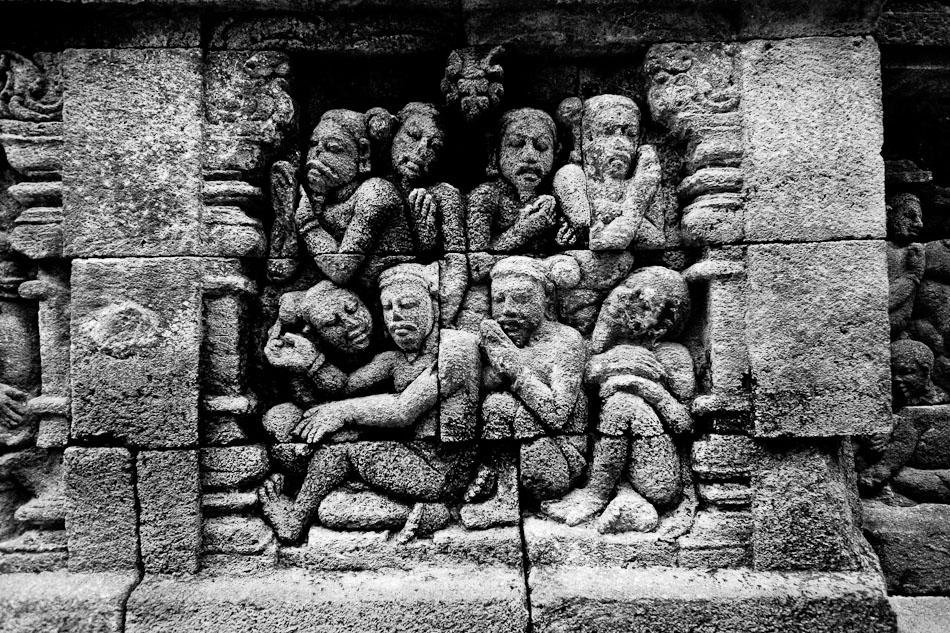
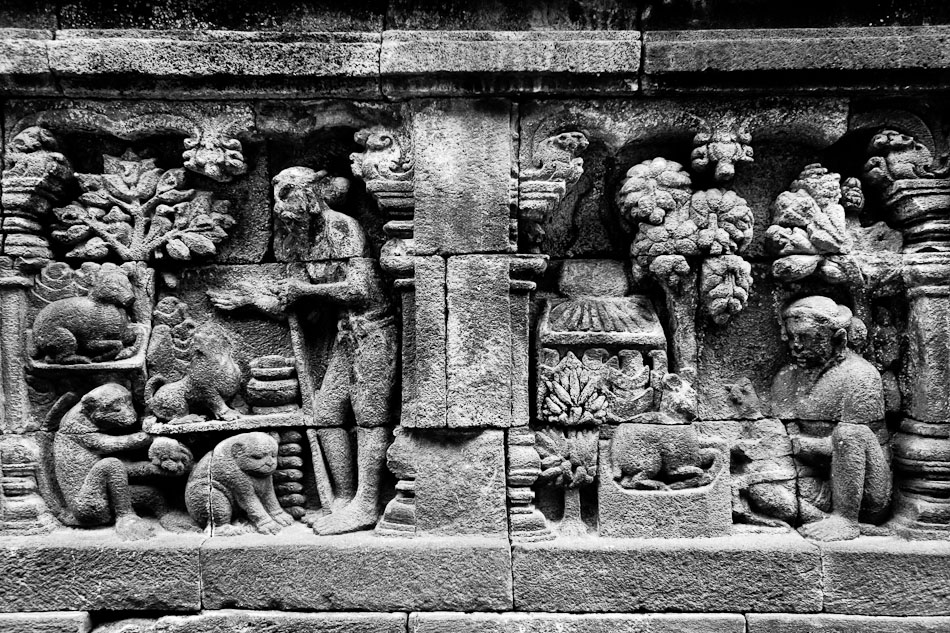
Nov 28, 2010 | Art, Travel
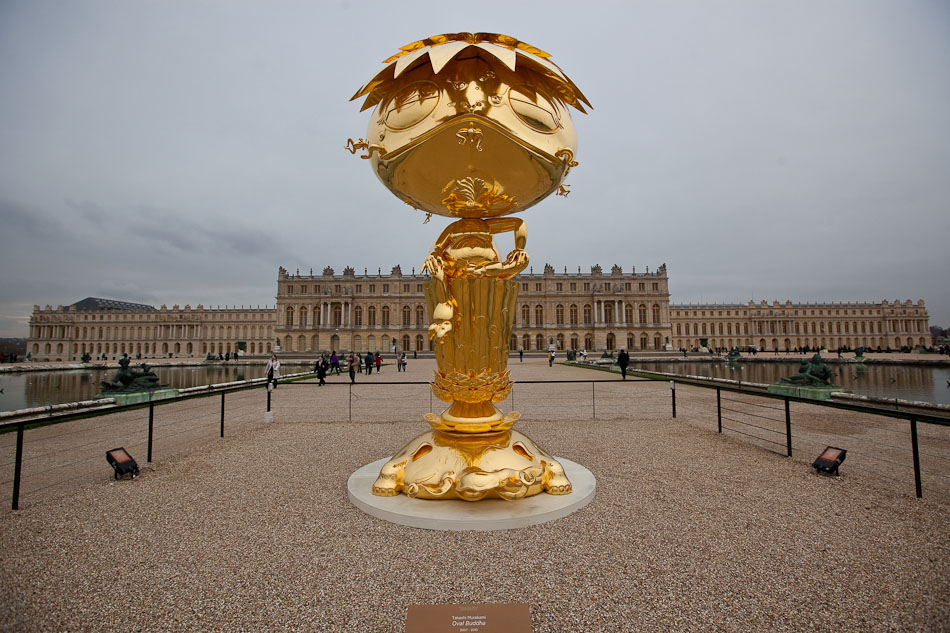
There was a spot of bother in France these past few months when Murakami took over the ornate halls and salons of Versailles with his superflat sculptures. Apparently his playful and questionably subversive installations did not go over well with a handful of descendants of Louis XIV and other royalists who consider the UNESCO World Heritage estate sacrosanct (check The Economist, The Art Newspaper and Culture Kiosque). This isn’t the first time that a contemporary art exhibit at Versailles has been called into question either. Jeff Koons’ giant lobster was met with similar grumblings in 2008. Laurent Le Bon, the curator of the show, seemed very conscious of the foregoing dissent and wrote an almost apologetic introduction to the exhibit. He tries to separate himself from the “clashes” of historical heritage and contemporary work presented at other cultural institutions. Instead he claims Murakami’s fantasy world compliments the paradise created at Versailles and allows the viewer to reassess the nature of its baroque trappings. Murakami himself implores visitors to let down their guard and take on an impish persona for the exhibit: “I am The Cheshire Cat who greets Alice in Wonderland and chatters on as she wanders around the Chateau. With my playful smile, I invite you all to the Wonderland of Versailles.” In my humble opinion, I thought the overall effect was fabulous. I know it was my first visit to Versailles, an overwhelming place in and of itself, but seeing Murakami’s hyper colorful and surreal sculptures placed amidst the intricately painted ceilings and molded walls of Versailles bowled me over. Aside from the forceful visceral nature of the exhibition, I feel that the impetus behind Murakami’s art and Versailles are very much the same. At the heart of both is a drive to cater to the most elaborate and luxurious sentiments of their respective eras. Although the aesthetics of opulence from 17th century France and 21st century Japan differ mightily, Murakami and the legendary team of artists behind Versailles created some of the most grand, over-the-top, pop imagery of their times. No matter what, the controversy behind the “clash” or “harmony” of the Murakami Versailles exhibit will continue to drive up ticket sales before it closes on December 14.
